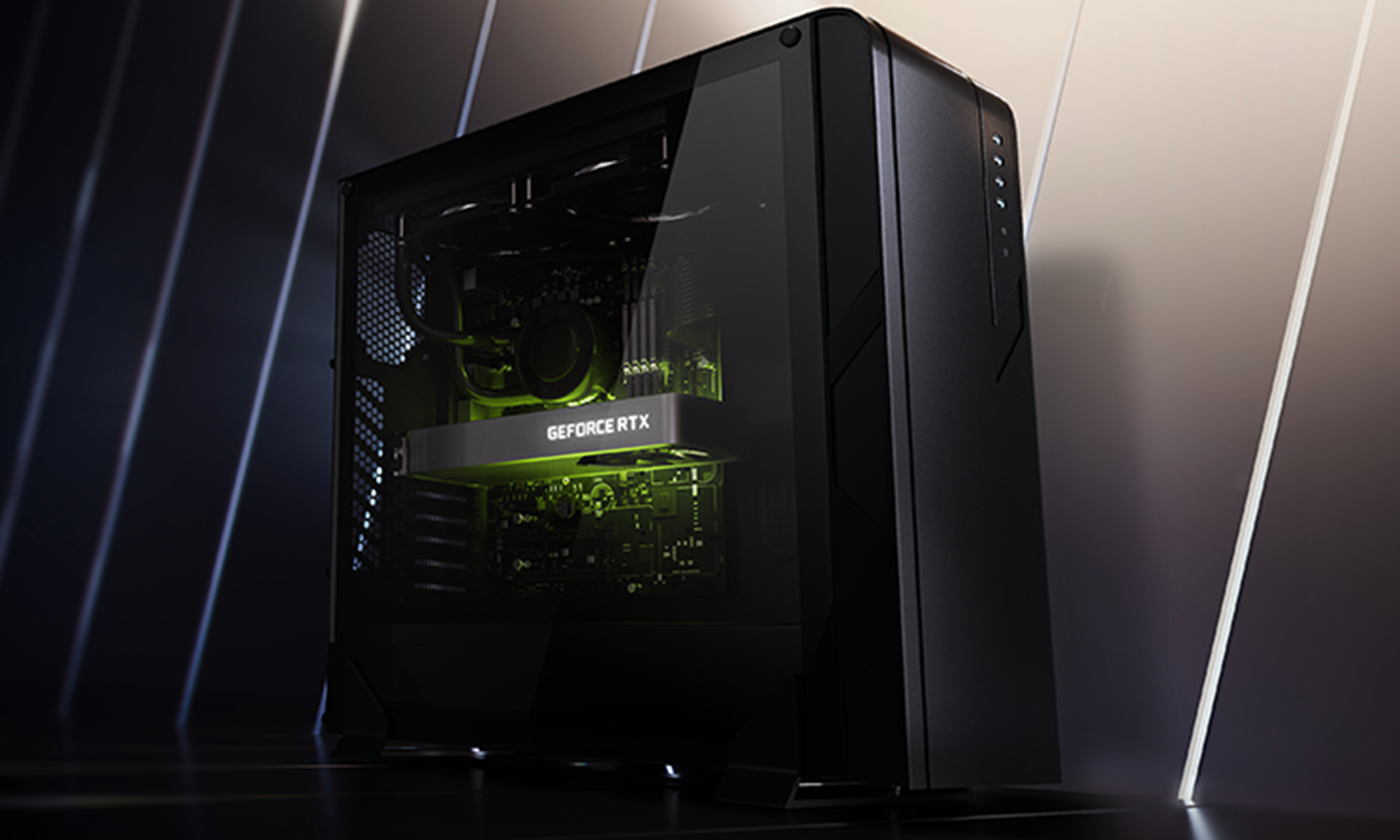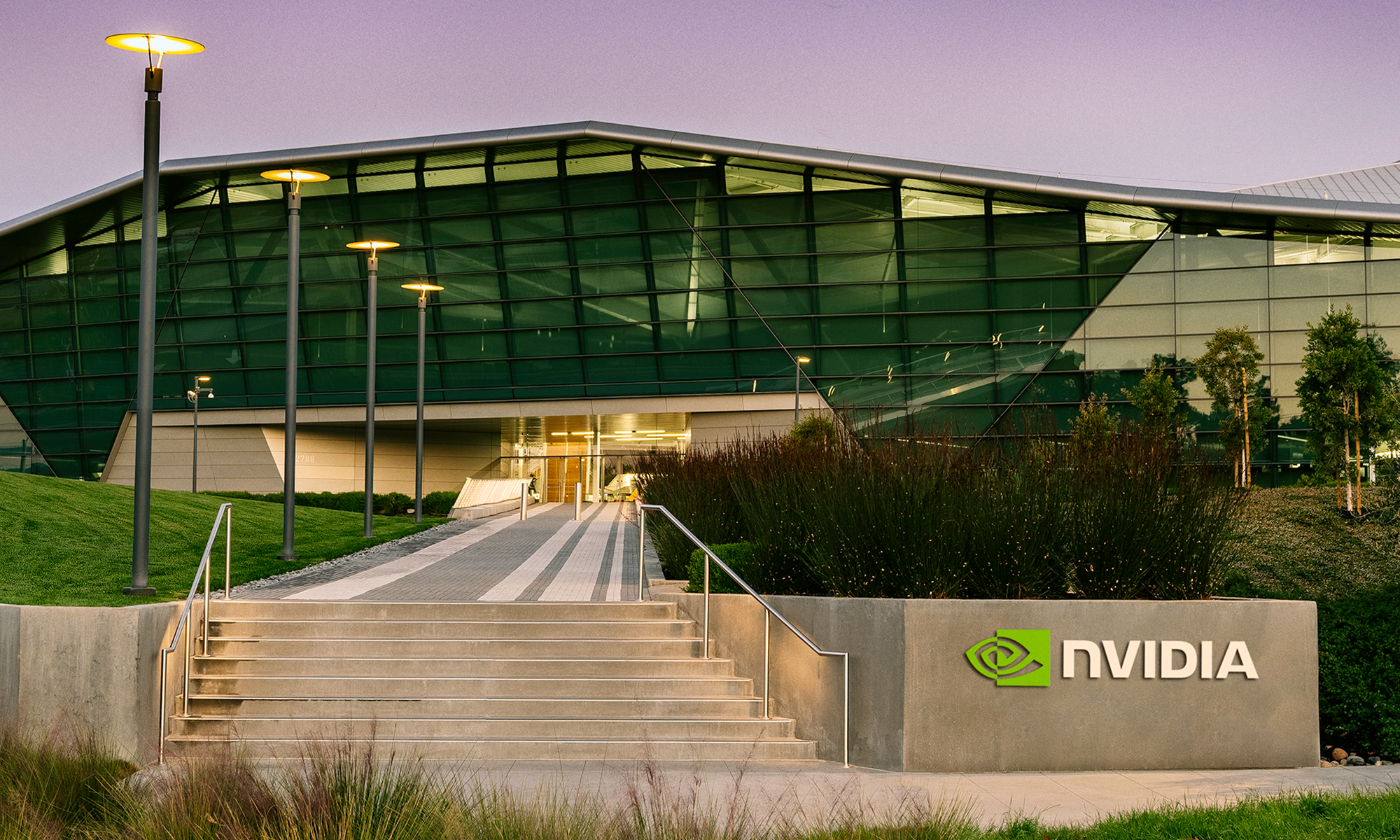NVIDIA (NVDA +0.36%) is in the midst of a multiyear transition from being primarily a PC graphics specialist into becoming a diversified chip maker. Over the past several years, the company has significantly grown its consumer products business, or CPB, as a percentage of revenues. That division contains the Tegra mobile processor and Icera baseband modem businesses -- two of its most promising growth prospects in the years ahead.

Source: SEC filings. CPB = consumer products business, PSB = professional solutions business, GPU = graphics processing unit business.
How did the company progress toward that goal in 2012?
When being fabless isn't fabulous
Throughout most of the year, numerous fabless semiconductor players (including NVIDIA) were subject to supply constraints from Taiwan Semiconductor (TSM 0.27%) and its 28-nanometer manufacturing process. The silver lining for NVIDIA was that "only" its new Kepler GPUs were affected by these shortages, while both the Tegra 2 and Tegra 3 were built on 40-nanometer processes.
In contrast, rivals like Qualcomm (QCOM 2.35%) were more affected, as both its processors and baseband modems utilized 28-nanometer production. The production bottlenecks at TSMC have improved dramatically by now, with CEO Jen-Hsun Huang feeling "pretty good" about supply-and-demand balance last quarter.
NVIDIA is moving down to 28-nanometer production with its next-generation Tegra 4, code-named "Wayne," next year. This chip is expected to improve graphics performance by six times over Tegra 3, which will give mobile gaming platforms even more credibility.
Grey delay
One of the most important chip milestones for NVIDIA will be the release of its Tegra chip with integrated 4G LTE connectivity, code-named "Grey." Originally, this chip was slated for release by the end of 2012, but during the May conference call Huang said these chips would be delayed until next year.
Grey is critical in NVIDIA's competition with Qualcomm, as the latter chip maker is currently the only player offering an integrated LTE solution today. Once Grey is released, NVIDIA's Tegra chips will be more of a challenge to Qualcomm in the smartphone realm where Qualcomm still enjoys numerous LTE advantages.
Take two tablets and call me in the morning
During 2012, there was a very noticeable trend in smartphone and tablet processor design wins. Qualcomm garnered more smartphone spots while NVIDIA took home the majority of tablet scores. Both companies had wins in both categories, but the scales were still decidedly tipped.
Two of the biggest tablet wins that NVIDIA secured this year were Google's (GOOG +1.15%) Nexus 7 and Microsoft's (MSFT 1.44%) Surface RT. The Nexus 7 has benefited NVIDIA more, as the $199 tablet has ramped unit sales up to about 1 million units per month, according to Asus CFO David Chang. Google doesn't disclose unit sales figures directly, but Asus is the one building the device.
Microsoft just launched its Surface RT two months ago, which is also powered by a Tegra 3. Much like Google, the software giant doesn't disclose digits on unit sales, but analysts estimate units at less than a million in the fourth quarter. Even if consumers aren't snapping up Surface, winning the spot in Microsoft's flagship Windows RT tablet is still quite a victory.
Progress? Check.
NVIDIA closed out the year by reporting record Tegra revenue in its fiscal third quarter along with record Tesla revenue. The company is looking to leverage Android and Windows RT to put tablet pressure on low-end PCs with Intel (INTC +7.29%) inside, while expanding its LTE capabilities to compete with Qualcomm in smartphones.
Three years ago, only 7% of sales were generated outside of the PCs. Now that figure stands at 30%, with over half of that coming from Tegra revenue. There were some hurdles in 2012, such as 28-nanometer constraints and the delay of Grey, but NVIDIA definitely made progress toward its mobile ambitions this year.











